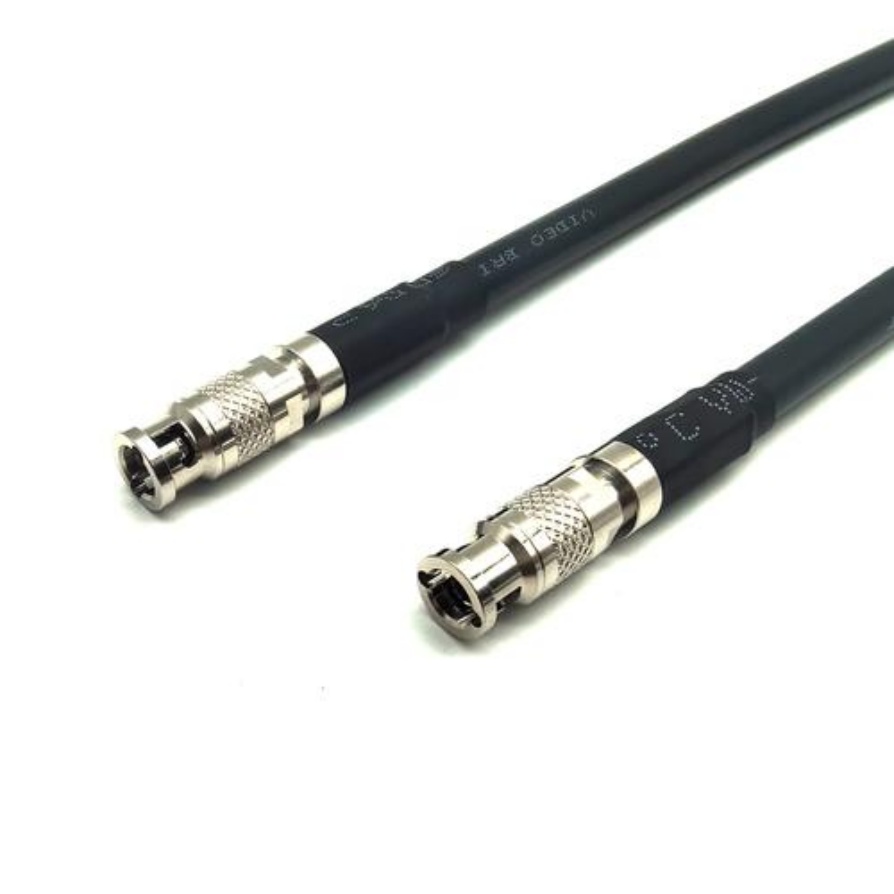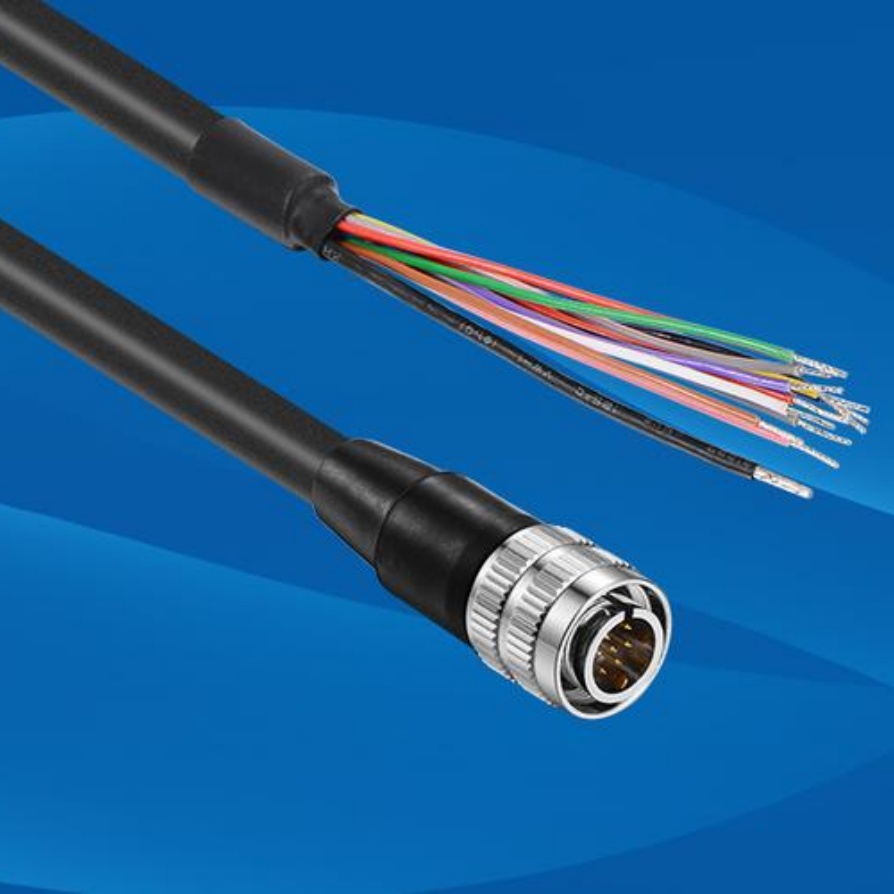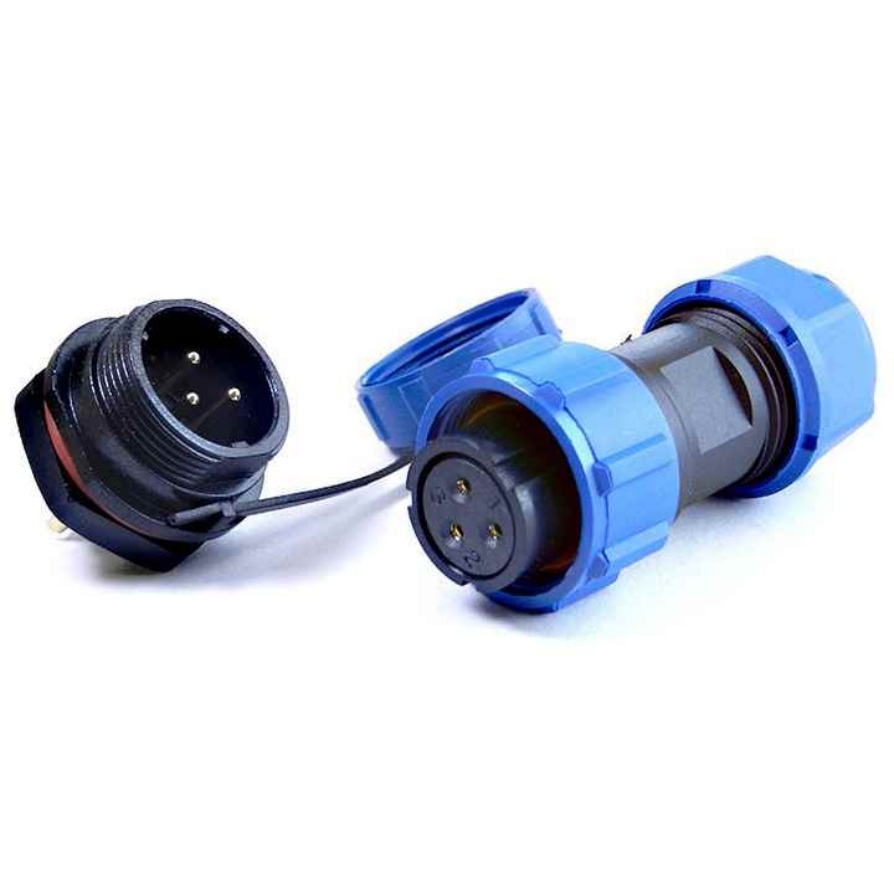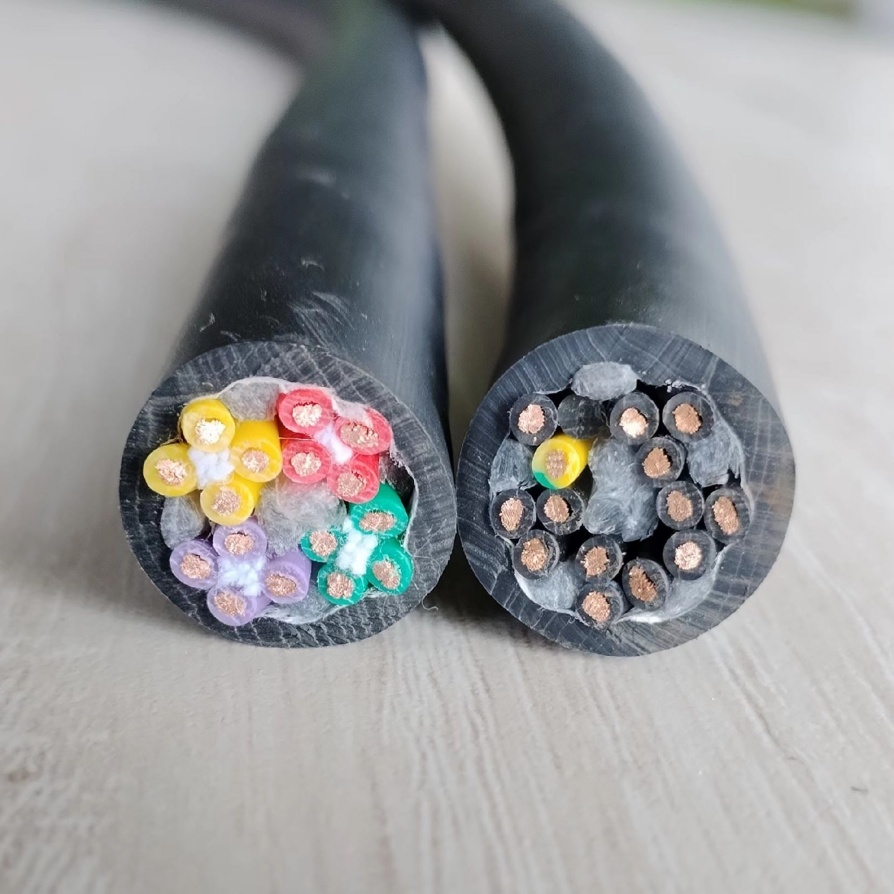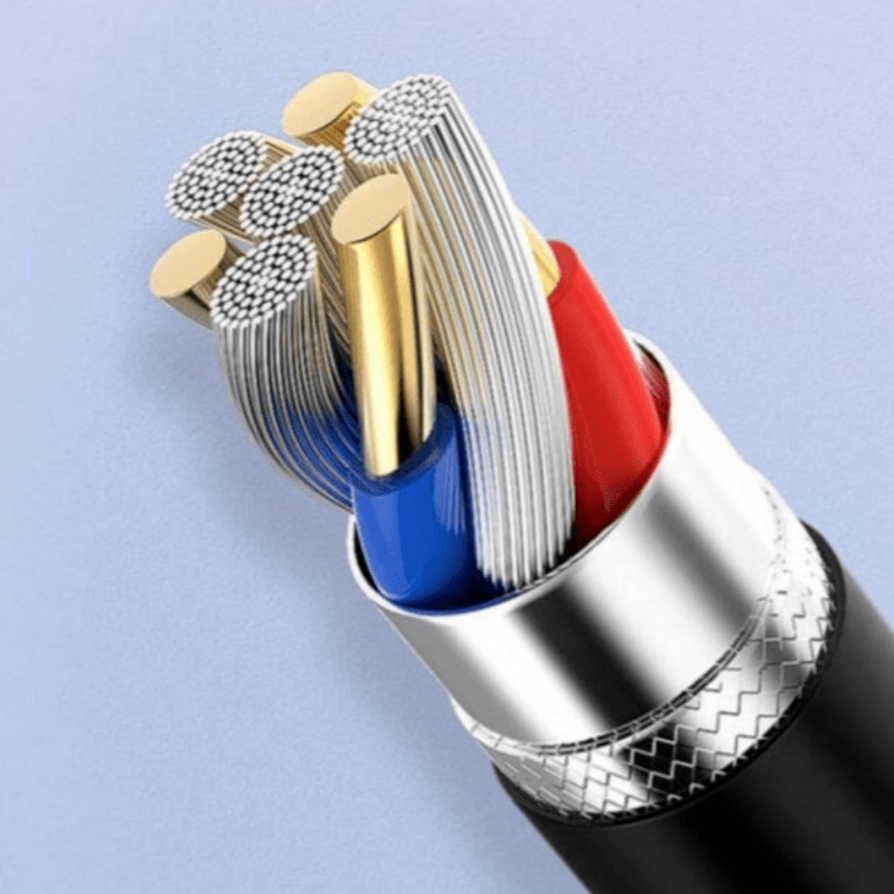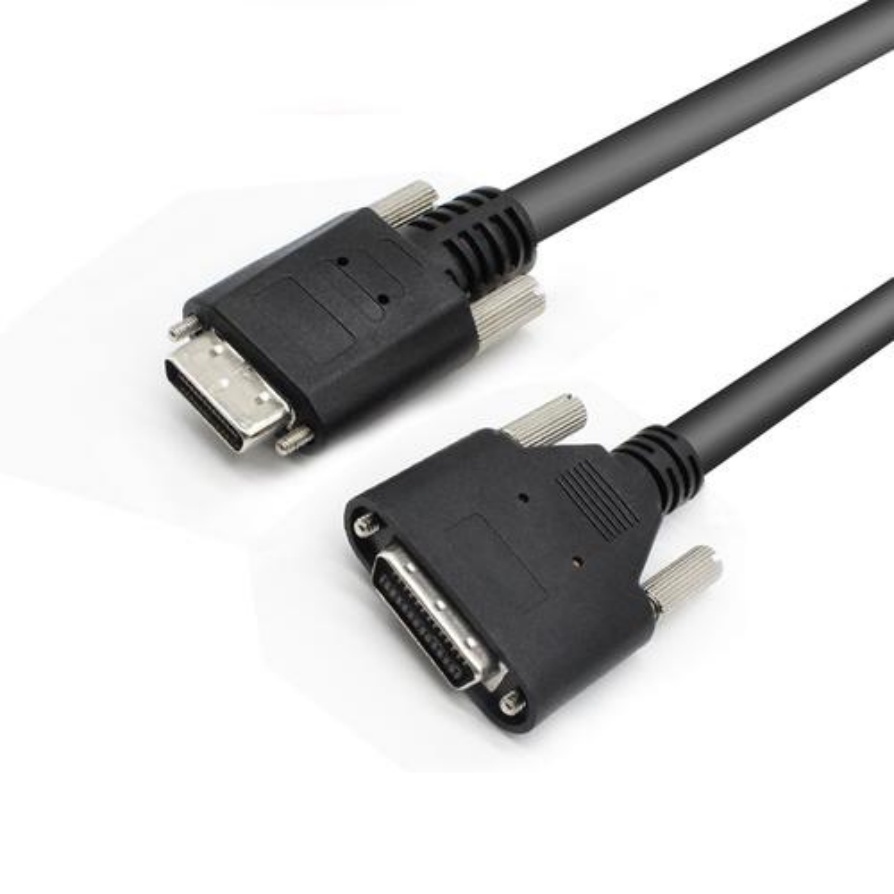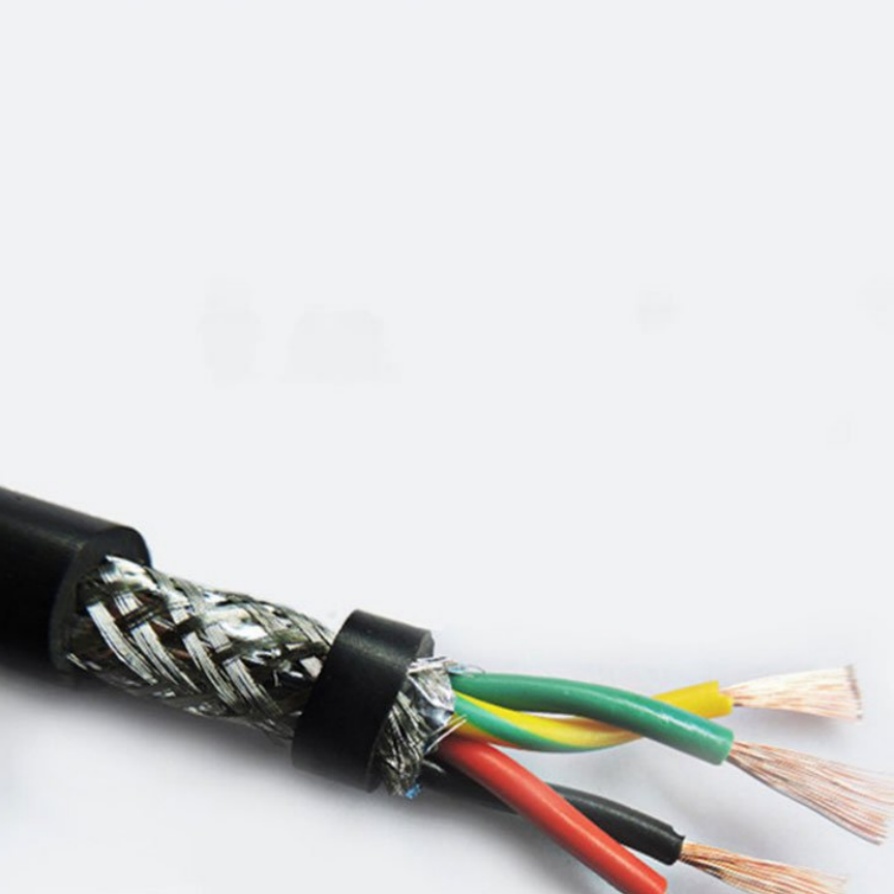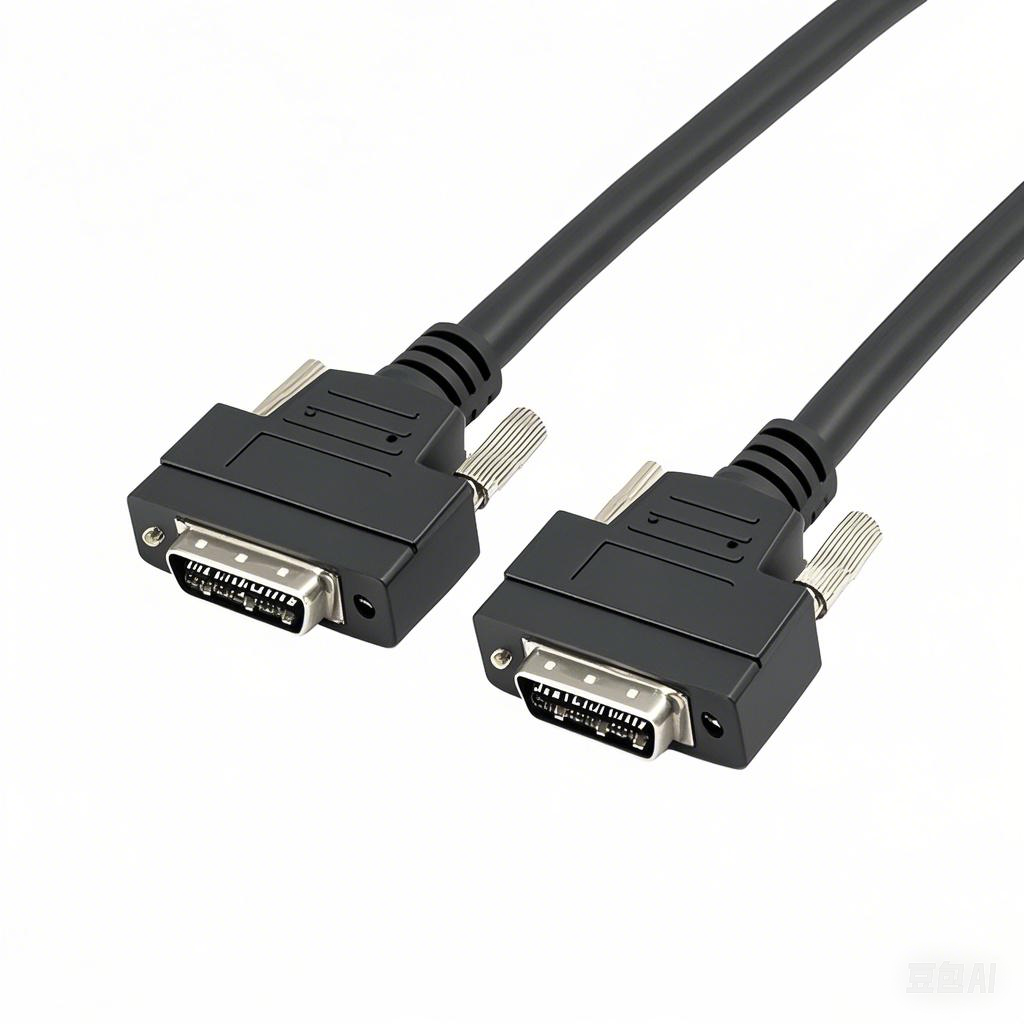How to prevent machine cable from kinking
Machine cables are the lifelines of industrial equipment, transmitting power, signals, and data to ensure smooth operation. However, cable kinking—a common issue where cables bend or twist abnormally—can lead to serious consequences, such as signal interference, power loss, and even premature cable failure. In severe cases, it may cause equipment downtime, affecting production efficiency and increasing maintenance costs. To avoid these problems, taking proactive measures to prevent cable kinking is essential. Below are practical and effective strategies to keep your machine cables in optimal condition.
1. Choose the Right Type of Cable
Not all cables are designed to withstand the same levels of flexing and twisting. Selecting cables specifically engineered for machine applications is the first line of defense against kinking. Look for cables labeled as “high-flex” or “flexible,” which are constructed with stranded conductors instead of solid ones. Stranded conductors are more malleable, allowing the cable to bend repeatedly without breaking or kinking. Additionally, consider cables with a durable outer sheath, such as polyurethane (PU) or polyvinyl chloride (PVC) with high abrasion resistance. These materials provide extra protection against external forces that could cause twisting. For applications involving constant movement, like robotic arms or conveyor systems, opt for cables with a torsional rating—this indicates how well the cable can resist twisting under mechanical stress.
2. Ensure Proper Installation and Routing
Incorrect installation is a major cause of cable kinking. During setup, always adhere to the cable’s minimum bend radius specified by the manufacturer. The minimum bend radius is the smallest radius a cable can be bent without damaging its internal structure. Bending the cable beyond this limit forces the conductors and insulation to stretch unevenly, leading to kinking. When routing cables, avoid sharp corners, edges, or tight spaces where the cable might get pinched or twisted. Use cable clips, ties, or brackets to secure the cable at regular intervals, keeping it taut but not overly tight. Ensure there is enough slack to accommodate any movement of the equipment—too little slack will pull the cable, causing it to twist when the machine operates. Additionally, separate power cables from signal cables to prevent electromagnetic interference, which can indirectly contribute to cable stress and kinking.
3. Use Protective Accessories
Protective accessories can significantly reduce the risk of cable kinking by shielding the cable from physical damage and guiding its movement. Cable drag chains (also known as energy chains) are ideal for applications where cables move back and forth, such as linear actuators or CNC machines. These chains enclose the cables, preventing them from tangling, twisting, or coming into contact with sharp surfaces.波纹管 (corrugated tubes) are another useful accessory—they provide flexibility while protecting the cable from abrasion, dust, and moisture. For cables that pass through holes or openings, use cable glands or bushings to smooth the edges and prevent the cable from getting caught. Additionally, spiral wraps can bundle multiple cables together, keeping them organized and reducing the chance of individual cables twisting around each other.
4. Conduct Regular Inspection and Maintenance
Routine inspection is crucial to catch early signs of cable wear or potential kinking before it leads to failure. Set a schedule to check cables for visible damage, such as cracks in the sheath, fraying conductors, or areas where the cable is consistently bent at a sharp angle. Pay special attention to cables in high-movement areas, as these are more prone to kinking. During maintenance, gently straighten any cables that show signs of twisting, but avoid over-manipulating them, as this can cause further damage. Lubricate moving parts near the cable (if applicable) to reduce friction, which can pull the cable out of alignment. If a cable is severely kinked or damaged, replace it immediately—using a compromised cable poses safety risks and can lead to costly equipment breakdowns.
5. Train Operators on Proper Handling
Human error can also contribute to cable kinking. Ensure that operators are trained on how to handle equipment and cables correctly. Teach them to avoid pulling, twisting, or stepping on cables, and to report any signs of damage immediately. When moving equipment, instruct operators to check that cables are not caught or tangled, and to guide the cables smoothly as the machine moves. Additionally, establish clear protocols for cable management, such as how to store spare cables (avoiding tight coils that can cause memory kinking) and how to replace cables when needed. By fostering a culture of care among operators, you can significantly reduce the risk of cable kinking caused by improper handling.
Preventing machine cable kinking requires a combination of choosing the right components, proper installation, protective measures, regular maintenance, and operator training. By implementing these strategies, you can extend the lifespan of your cables, minimize equipment downtime, and ensure the reliable operation of your industrial machinery. When it comes to sourcing high-quality machine cables and protective accessories, FRS brand factory stands out as a trusted partner. With years of experience in manufacturing industrial cables and related products, FRS offers a wide range of high-flex cables, cable drag chains, and protective accessories designed to resist kinking and withstand harsh industrial environments. All FRS products undergo strict quality control tests to ensure durability and performance, providing you with peace of mind and long-term value. Choose FRS for your machine cable needs, and keep your equipment running smoothly without the hassle of kinking issues.


